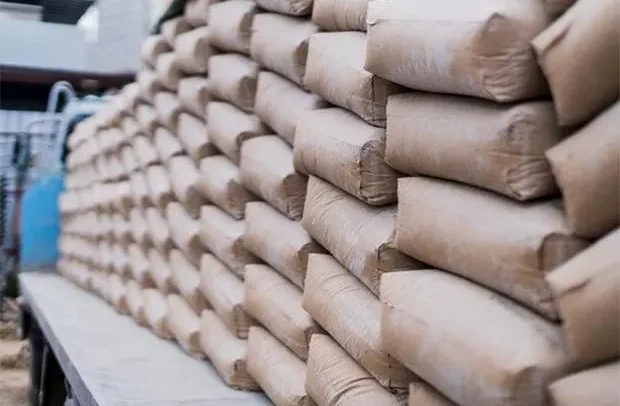Ghana’s cement industry has long been a pillar of the country’s economic development, supporting everything from major infrastructure projects like highways and bridges to everyday housing construction.
Valued at billions of Cedis and employing thousands across the value chain, it has grown significantly since the early 2000s, with installed capacities now exceeding 12 million tonnes annually from a mix of manufacturers and baggers. Yet, amid this growth, the emergence of a particular brand heavily reliant on cement imported from Togo is raising serious questions. By prioritising an import-and-bagging model over full-scale local manufacturing, is this approach posing a real threat to Ghana’s domestic cement producers and the broader push for industrial self-sufficiency?
At the heart of these operations is a grinding plant in Togo, which has been operational since 2022. This facility claims an estimated annual capacity of 2.5 million tonnes. Supported by substantial regional investments, the plant specialises in grinding imported clinker, often sourced from global suppliers into finished Portland cement products. From there, the cement is exported in bulk or bagged form to neighboring markets, including Ghana, where a local entity takes over. Registered in Tema’s industrial hub, this distributor focuses primarily on importation, with minimal processing: trucks or ships bring in the product, which is then re-bagged in 50kg units for distribution across regions like Greater Accra, Ashanti, and beyond.
This approach stands in stark contrast to Ghana’s established players, such as GHACEM, Supacem, and Diamond Cement, who have invested heavily in integrated manufacturing. These companies operate full production chains, from quarrying local limestone to grinding clinker and blending additives, contributing not just to output but also to technology transfer, skills development, and thousands of direct jobs. The import model, however, bypasses these capital-intensive steps. By bringing in pre-ground cement and merely bagging it locally, it achieves lower operational costs and can undercut prices, sometimes offering bags at rates that make local producers sweat. Aggressive social media promotions highlight this affordability, targeting small-scale builders and contractors hit hard by recent economic pressures.
But this strategy isn’t without controversy, especially in a market still reeling from quality scandals and regulatory hurdles. Just last year, in 2024, the Ghana Standards Authority (GSA) shut down several factories for using substandard materials, underscoring the risks of lax oversight. While the Togo-sourced cement reportedly “meets regional standards”, questions linger about whether bagging alone ensures consistent quality under Ghanaian conditions, such as humidity and transport wear.
Industry insiders express frustration: “We’re investing in local clinker production to reduce import dependencies, yet cheap inflows from across the border are eroding our margins without adding real value here,” one executive shared anonymously. Indeed, Ghana remains Africa’s largest clinker importer, vulnerable to global price fluctuations and dollar shortages that disrupt supply chains.
Adding to the tension are broader challenges in Ghana’s cement sector. Cement prices have been a hot-button issue, with manufacturers lamenting high energy costs, dollar scarcity, and high import costs. Trade data reveals Ghana imported over $544,000 worth of Portland cement from Togo annually in recent years, but with the ramp-up of these operations, volumes could surge, diverting revenue from local grinding and processing companies actually hiring Ghanaians.
Critics argue that allowing such imports perpetuates dependency, especially when Ghana’s policies have suspended new manufacturing permits since 2023 to curb overcapacity.
Why not encourage investment in local cement manufacturers trying to provide jobs, improve skills and provide quality cement? Without that, the bagging model risks job losses in core manufacturing and stifles innovation.
As Ghana strives for industrial localisation under initiatives like the African Continental Free Trade Area (AfCFTA), these quick-entry tactics highlight a dilemma: balancing short-term affordability with long-term economic resilience. Stakeholders, from policymakers to builders, must weigh in, before foreign imports cement their dominance in our market.
By Ebenezer Osei


